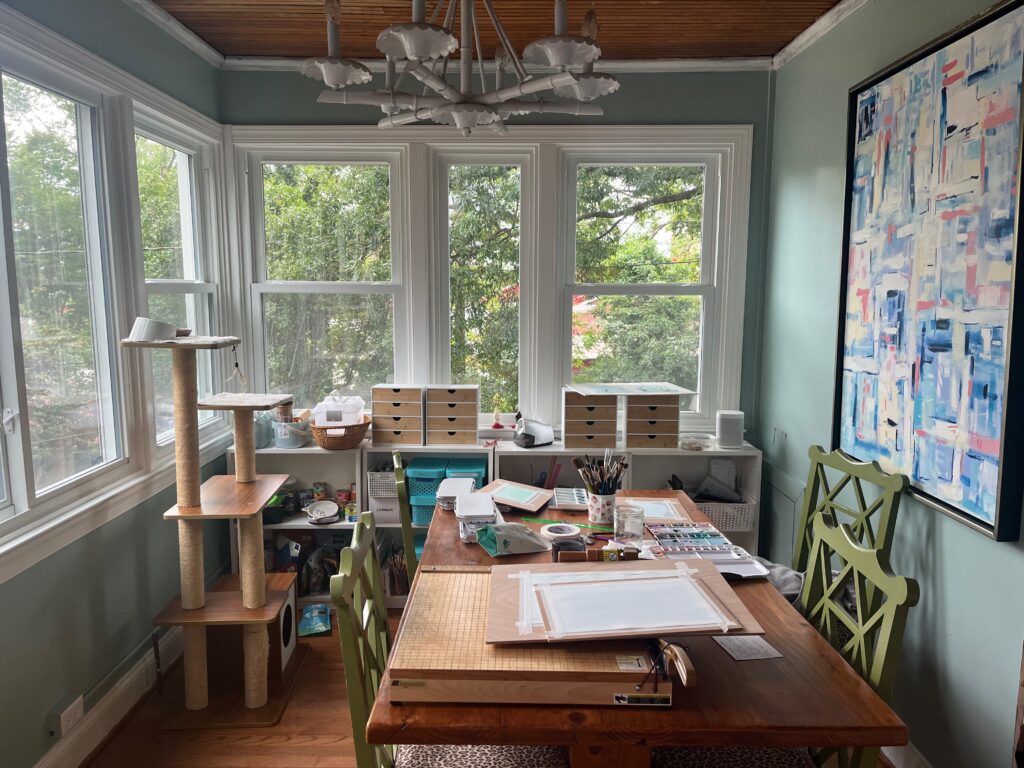
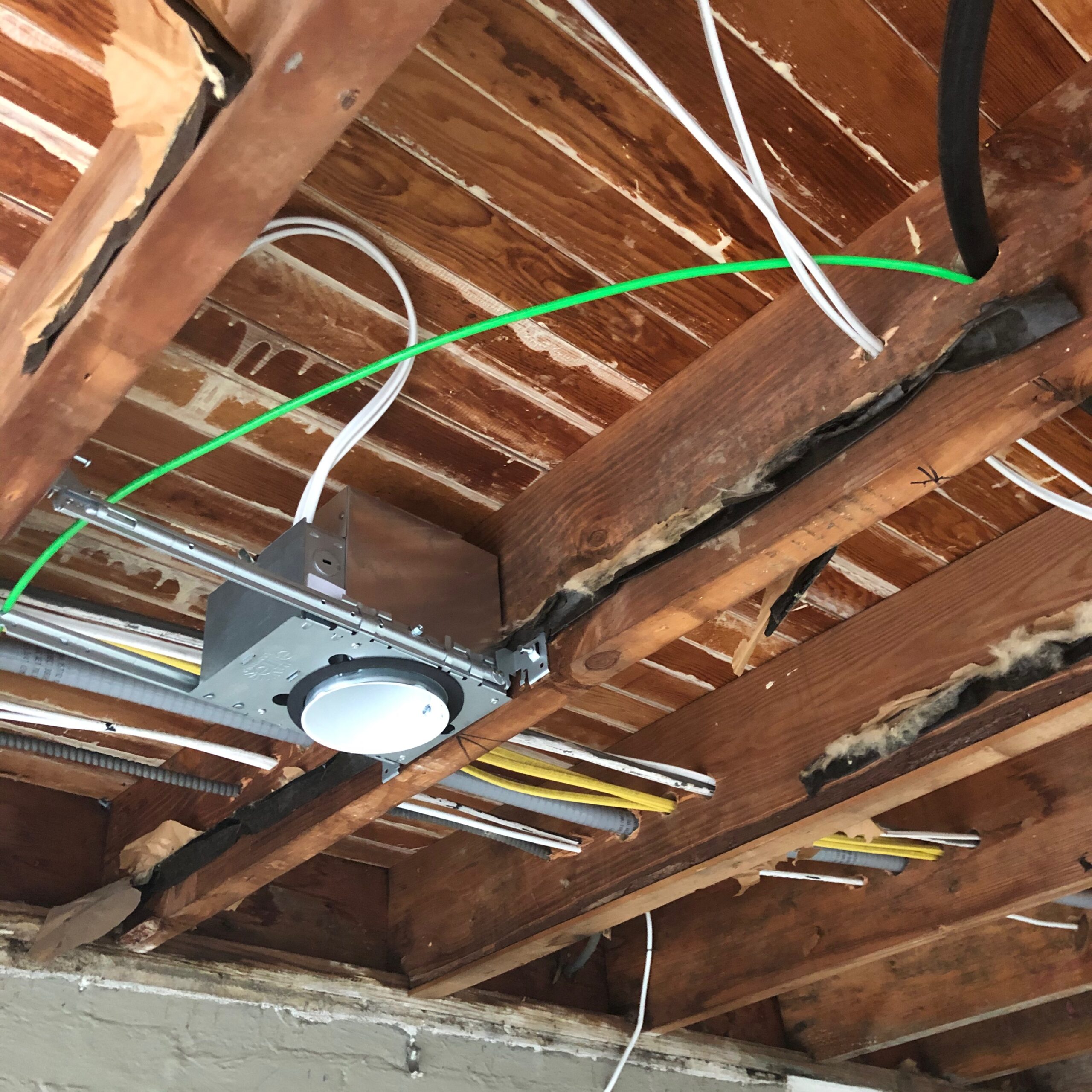
My last post (Houses are Meant to be Lived In) expanded on my design philosophy, and touched a bit on historic preservation and architectural evolution as an expression of human need.
This has been top of mind for me not just because I have recently returned to the interior design profession, but also because I moved into a 100-year-old fixer-upper two years ago. It has original blown-glass windows and creaky floors and loads of charm, but the last renovation took place in the 1990s. I am just the third owner, and a lot was put off until “tomorrow” by the last owner. Even though tomorrow is today, I don’t have unlimited funds to just gut the whole place and make it perfect, and honestly, I have to say, I don’t want to.
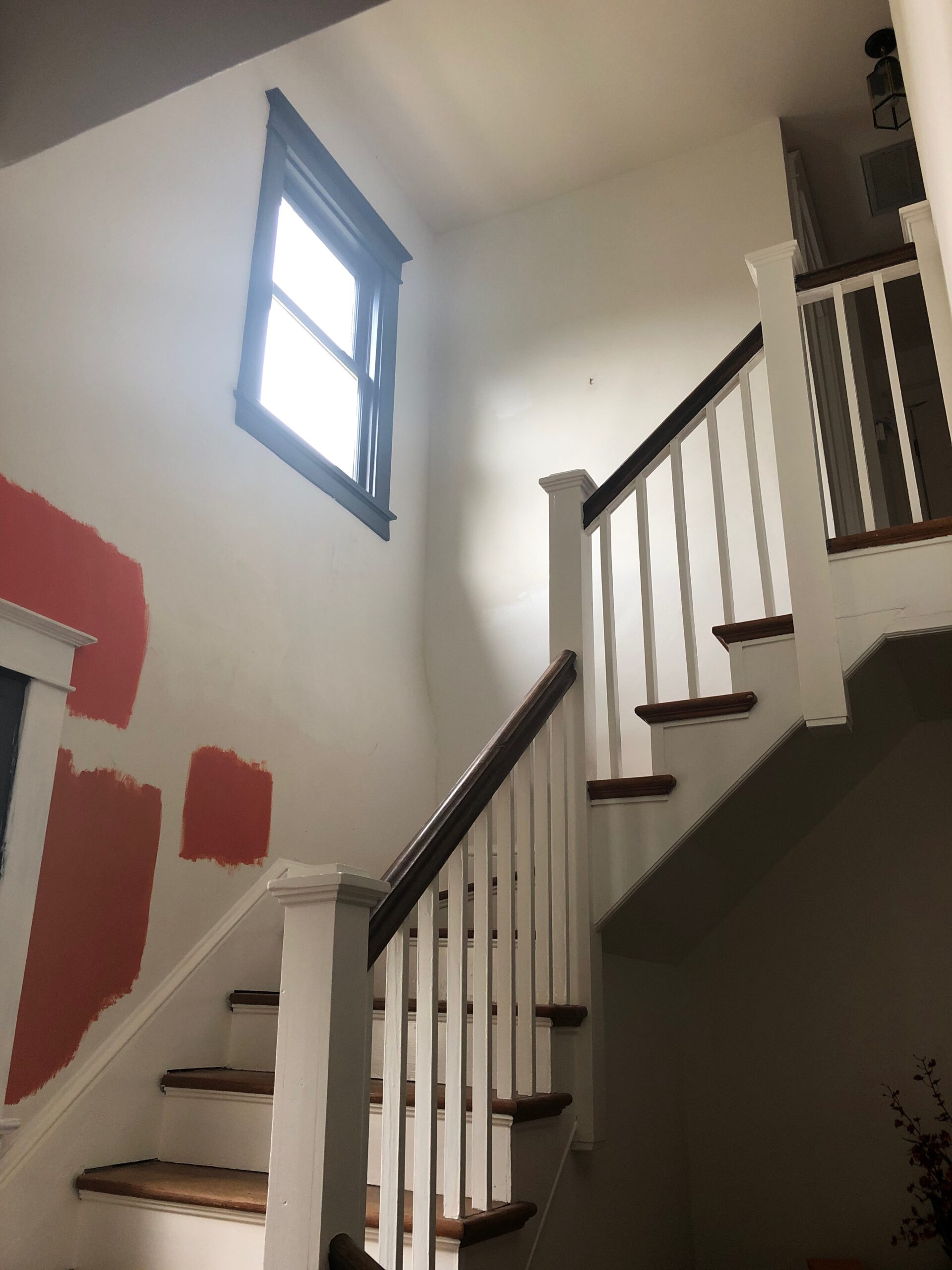
Yes, life in a fixer is a bit uncomfortable at times. My kids, for example, do not like the clawfoot tub in their bathroom, which does not have a shower head for it, so they share with me, and I have walked in to find my daughter going through my makeup or my son splashing sudsy water out of the 1990s jacuzzi tub, a fun novelty to them.
However, you don’t know what is going to break first in an old house, so it’s good to pause and get acclimated before you start knocking things out. At our last house in San Francisco, the basement flooded soon after we moved in, and we had to re-do that first instead of the 1980s kitchen and bathrooms. So remember: a rearrangement of priorities will often be foisted upon you unexpectedly. A fixer is often on the precipice of something big.
Most importantly, though, you learn a lot from a house as you are living in it. I always tell clients when they move into a new house that they shouldn’t re-do the kitchen or bathrooms right away unless they have to, even if they don’t want to “live through a renovation”. Yes, it’s annoying to be in a house with a kitchen under construction. There will be more botheration on the way, though, believe me, and it’s better to live in a place and find all the things you want to fix before you start the fixing. It’s less expensive to take a few weeks at the beach to get away from the worst of it than it is to renovate a kitchen twice.
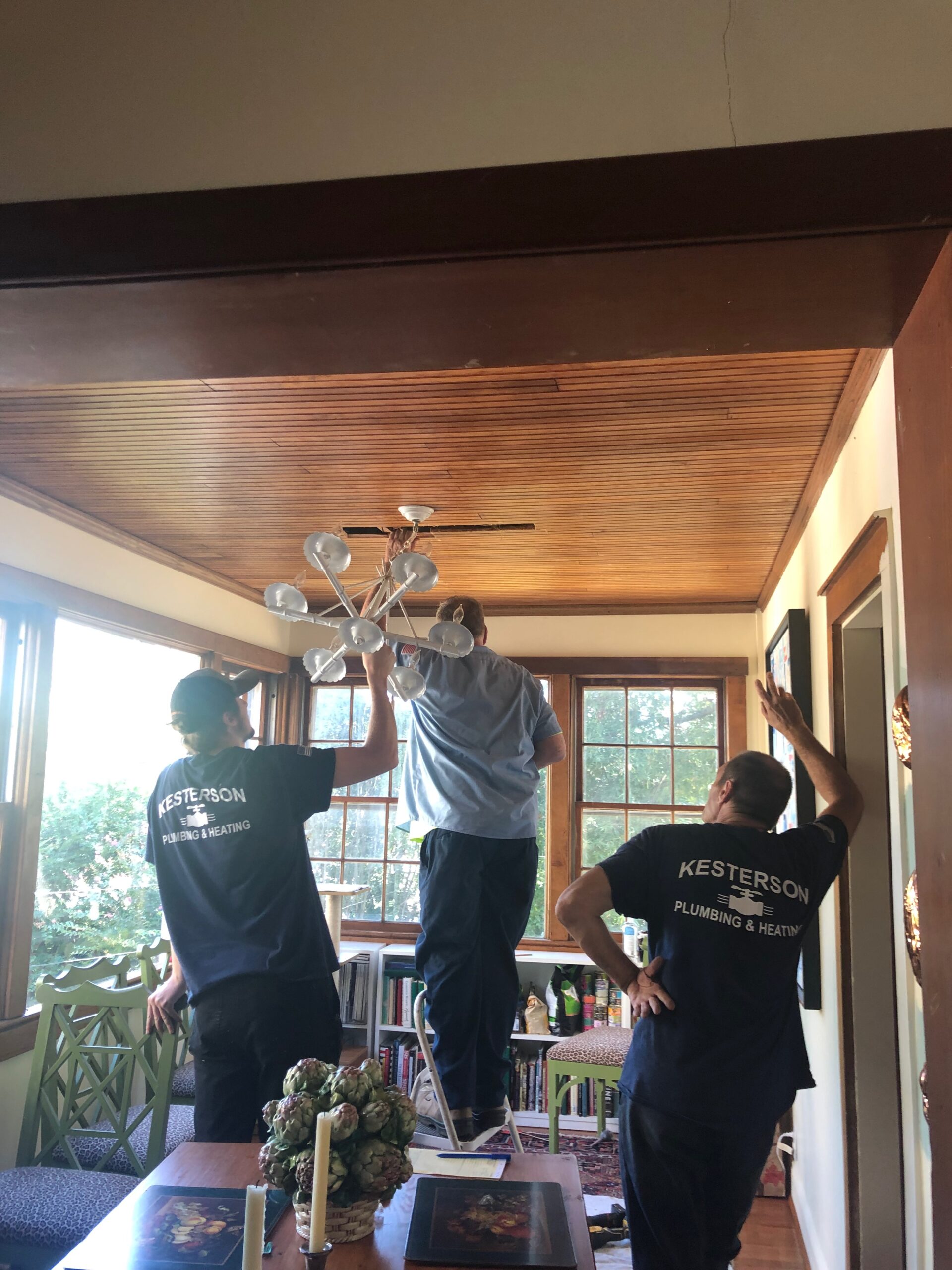
My new kitchen has about a tenth of the cabinet space of my old one, but I’m not ready to redo the kitchen yet. Instead, I put a mini butler’s pantry in the back hall between the family room and the kitchen, which was formerly just an alcove with a calico curtain over it. It was an obvious spot for cabinetry. And I’m glad I temporarily put up a wire shelf where I was thinking about a new pantry because I’ve decided that’s a better spot for a nice, big refrigerator.
Part of this is my job, of course, seeing what other people don’t, but even designers, when tired from packing and moving and addled from decision fatigue over what to donate and where to put things, miss things in a new house. Besides, it’s good to have a long wish list when going into a meeting with a designer or contractor so you can work out priorities and the proper order with a professional.
Deciding what to do first in a fixer is like one of those old plastic number puzzles you used to get as birthday party favors. Which number do you move first, so you can do this or that after? Batching tasks always becomes part of the calculation. Using other examples from my current house, it might not be a matter of urgency but of what makes sense to do when something else is open. For example, the plumbing for my kids’ bathroom is linked to the laundry room, which also needs updating. And when we updated the electrical panel and ran the new wires under the breakfast room (really an old service porch), it became apparent that there was no insulation beneath our feet, so putting that in was a no-brainer while the ceiling was out.
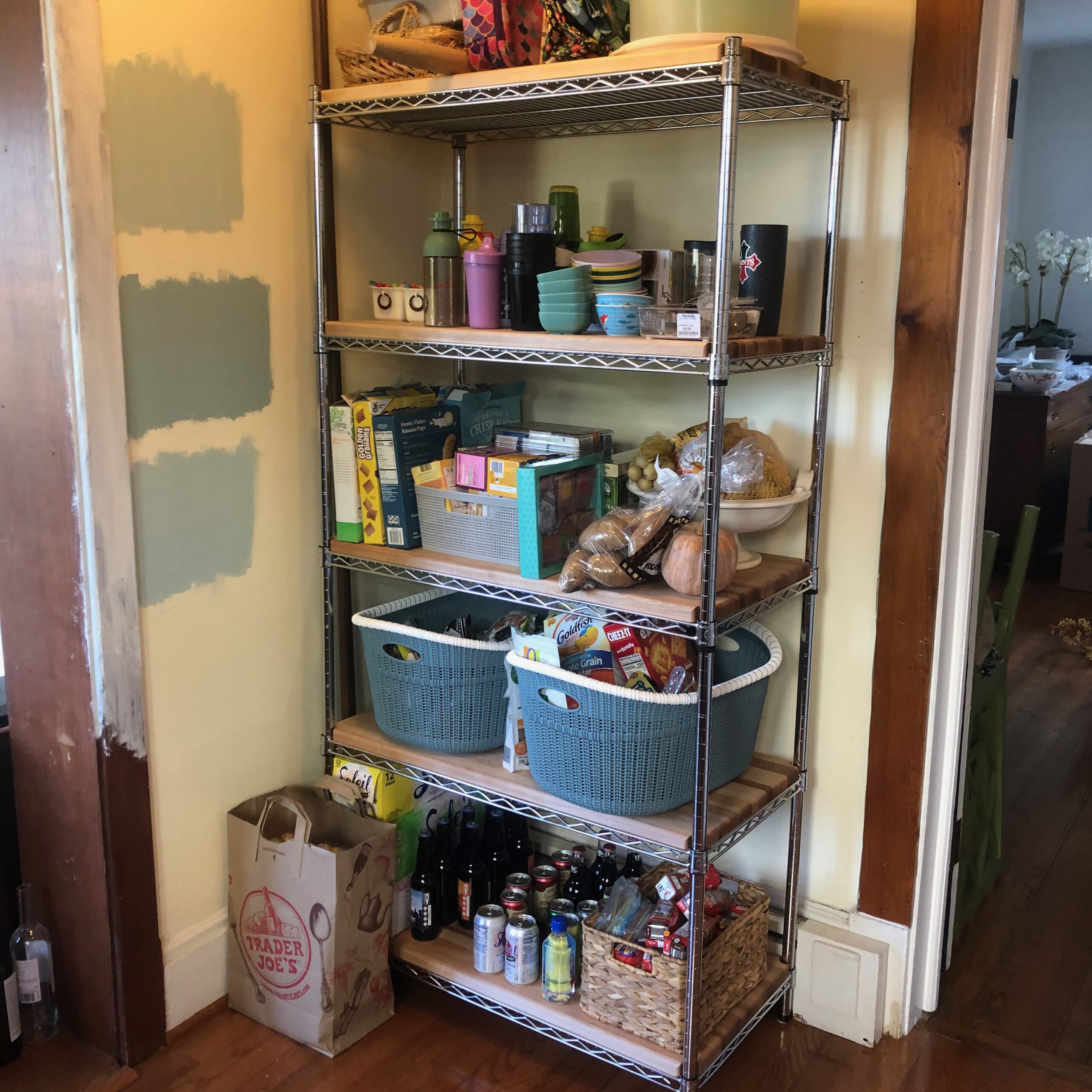
The long and the short of it is, it’s best to do the things you are absolutely sure about first. The order of a renovation varies from house to house. Anything that requires a lot of thinking and decisions should wait until you feel sure about it. Your hesitation is trying to tell you something. If you’re not sure and you feel hurried into something, you could regret it over the long term.
The answers will present themselves, either through necessity (e.g. basement flooding), or through a eureka moment while enjoying a cup of coffee on the back porch on a cool morning. Any time you are uncomfortable, you have the opportunity to ask yourself how you could optimize the space. Your “what ifs” are where you’ll find your happiest answers. I feel certain that the trend toward outdoor kitchens started with someone stuck inside cooking while everyone was outside having fun and thinking, “What if I could be outside having fun with our friends too?”
It is so valuable to take a step back, be patient, and learn from the home you have invested in. You will likely find that you’ll be a lot happier with the end result.



